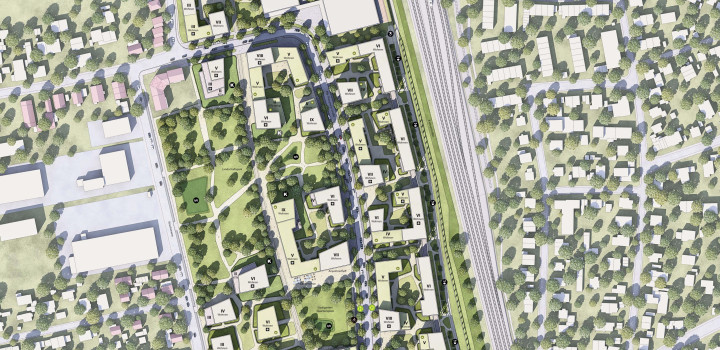Thinking economically denotes developing open spaces that are able to age in an intelligent and sustainable way in cooperation with various partners and utilizing resources economically.
In contrast to buildings, green spaces first start to grow and mature into their desired optimum state after their completion. Well thought through and resource-conserving maintenance management supports the lifecycle of open spaces in a sustainable way. The formulation of a qualified maintenance plan, the corresponding call for tenders for performing maintenance, and the subsequent controlling of them ensure the high quality of the location. Knowledge from all the planning phases helps us to advise our clients in connection with all economic questions and to take action where the effect is the greatest, namely in the early planning phases.

















